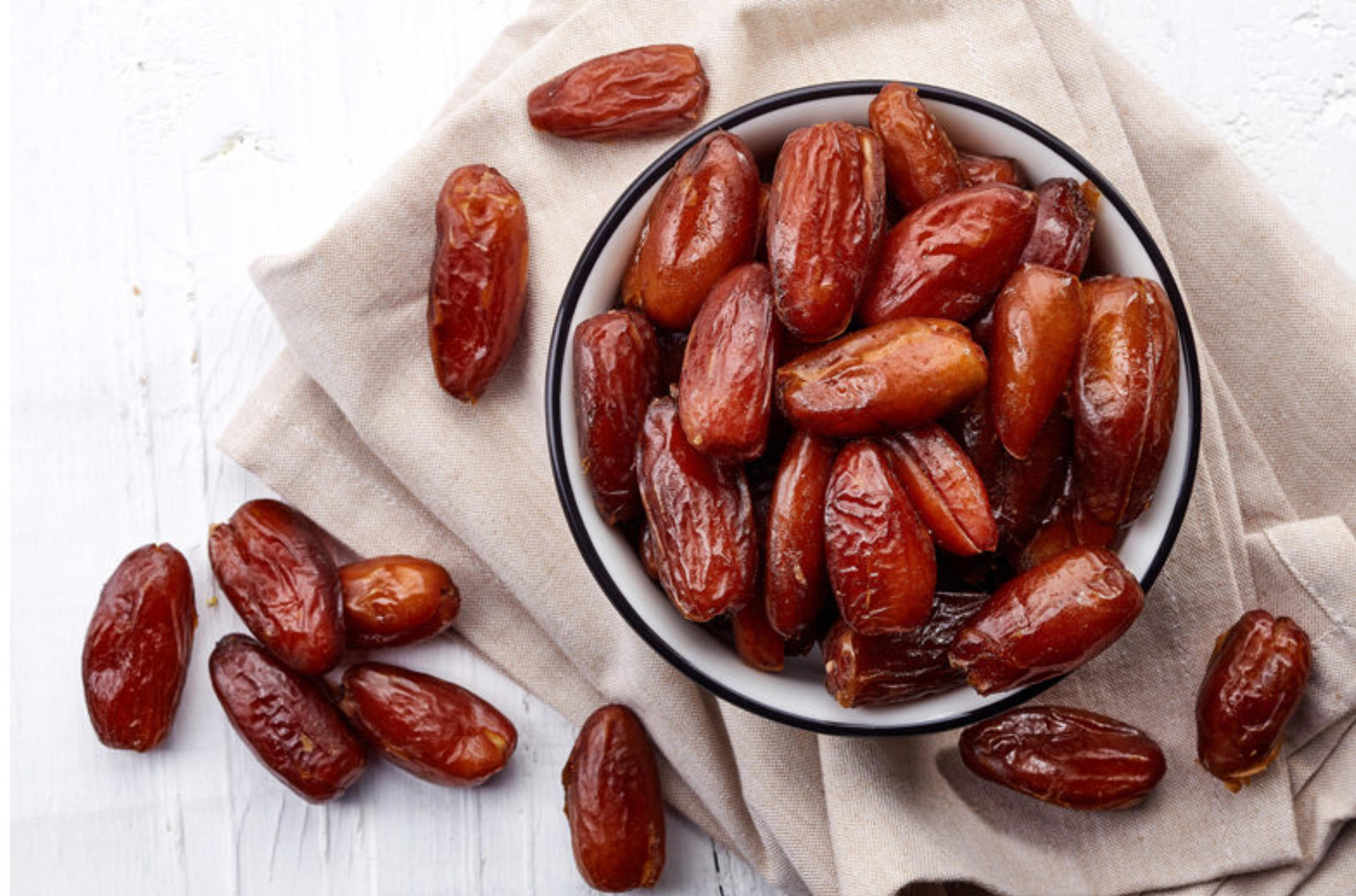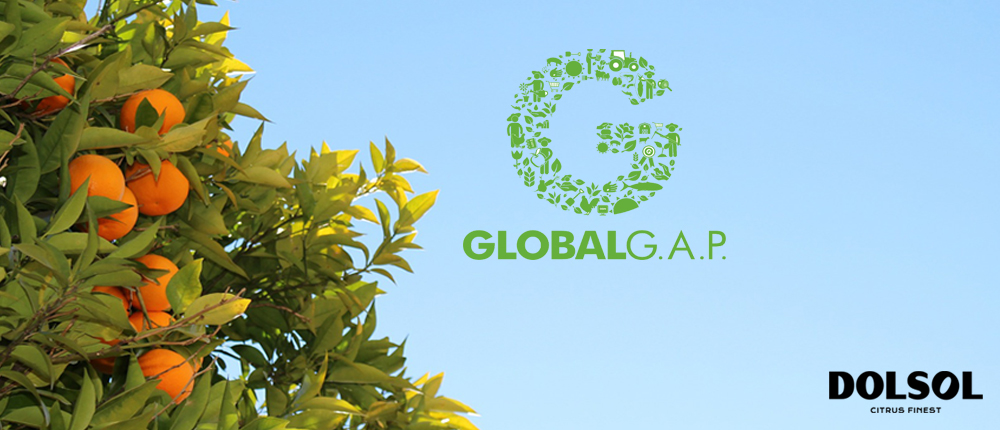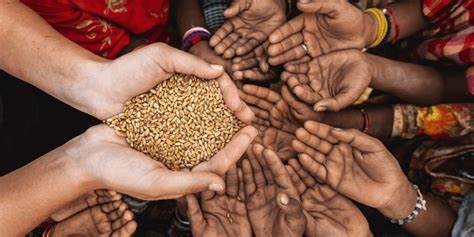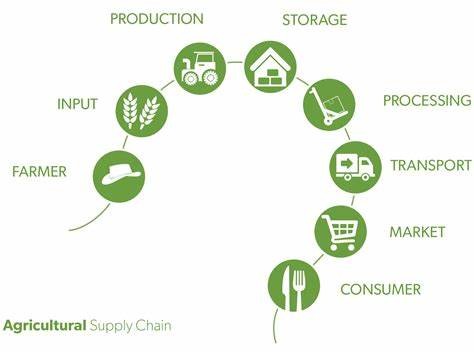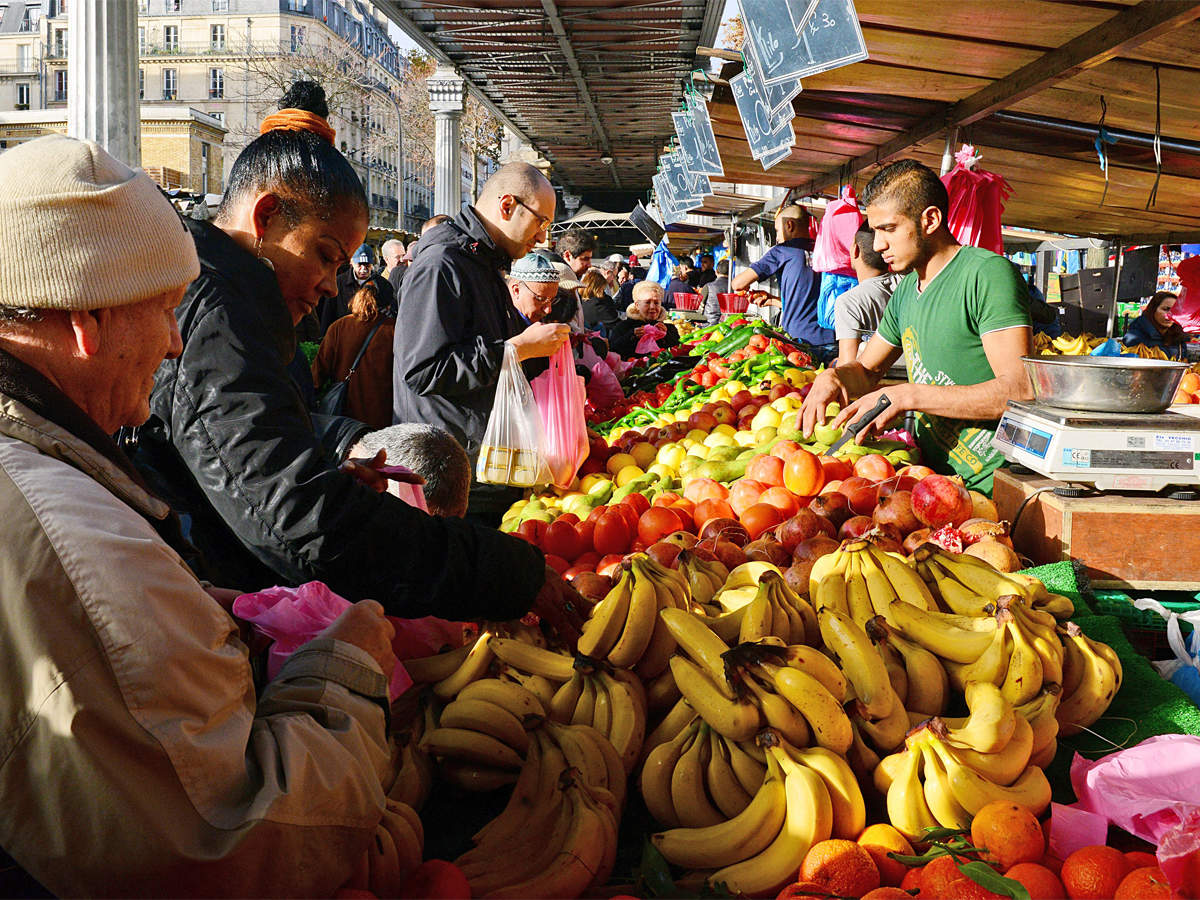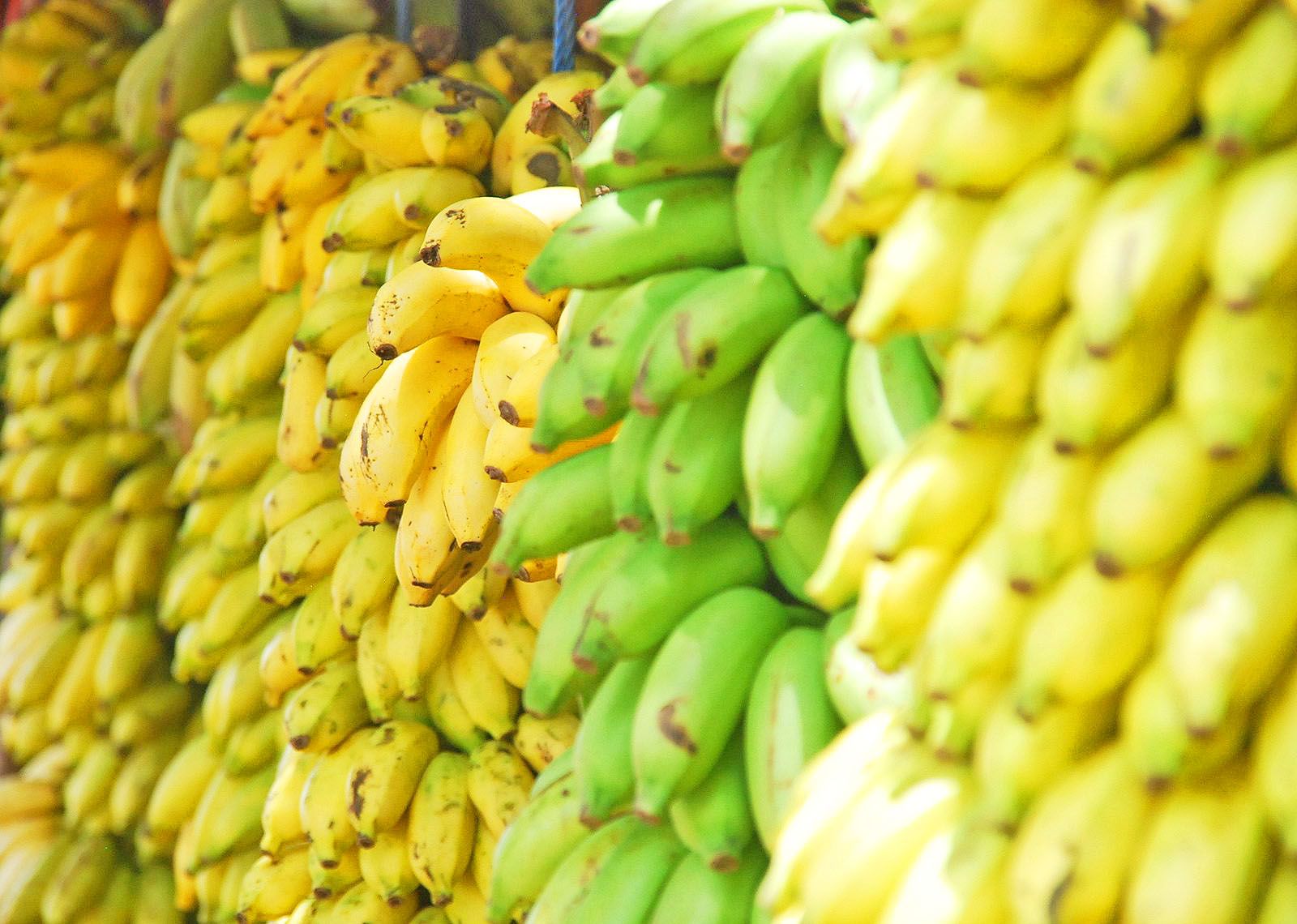Introduction Dates are the delicious fruit grown from the date palm (Phoenix dactylifera). Date palms are native to the Persian Gulf area of the Middle East. There are hundreds of date palm cultivars available, however, the two most widely grown in the United States are the “Deglet Noor” and the “Medjool” (Morton, 1987). In the late 1800s, the U.S. Department of Agriculture created a branch whose objective was to find new crops that could be economically important and introduce them to farmers, businessmen, and consumers in the United States. This was the fate of the date palm (Pieters, 1905) (Nelson et al, 2014). In the United States, Southern California produces the largest amounts of dates, followed by Arizona. Other states such as Florida, Nevada, Southern Utah, and Texas also grow dates, but on a much smaller scale (Robinson et al, 2012).
Marketing Channels In the United States, the marketing season for fresh dates is from mid-August to mid-March (“Noncitrus Fruits” NASS, 2016). To prolong shelf life, many dates are left on the palm until completely ripe. Thus they are slightly dry before being harvested; these dates are still considered fresh (Watson, 2015). Fresh dates are commonly sold local through farm stands, farmers’ markets, specialty grocery stores, and Middle Eastern markets. They can also be purchased online (Watson, 2015). Selling organic dates, or dates from less grown cultivars such as “Barhi” can add value.
Barhi dates can be eaten either in their unripe state or when fully ripe (Moskin, 2015). To further add value, dates are often processed. Dates can be processed by completely drying them, or they can be made into products such as baked goods (bars, cookies, etc.), concentrate, date pieces, paste, pitted dates, syrup, and more (“Food Professionals” - California Date Administrative Committee, n.d.). Processed date products can be found through all marketing channels. Like raisins, dates are naturally sweet, thus they can be easily incorporated into sweet, spicy, or savory dishes (“Food Professionals” - California Date Administrative Committee, n.d.). Although sweet, dates are said to have a low glycemic index; thus, in moderation, they should have a relatively mild impact on blood sugar levels (Alkaabi et al, 2011) (Joy, 2013). In addition, dates have other health benefits, such as being high in fiber, potassium, iron, B vitamins, and many other nutrients (Campbell, n.d.) (“Dates-Deglet Noor” – USDA, n.d.) (“Dates, Medjool” – USDA, n.d.). Due to greater consumer awareness of the health benefits of dates, U.S. demand has increased (Nunez, 2015). Therefore, educating consumers and displaying the nutritional composition of dates can also add value. Dates have always been an important food source in Middle Eastern communities, and they play a significant role in the Muslim tradition of Ramadan.
Ramadan lasts for approximately one month every year and includes daily fasting for adults from dawn to sunset. Each evening, a fast-breaking meal called an iftar is enjoyed, and dates in many forms are available (Moskin, 2015). Production In the United States, California is the leading date-growing state, producing more than 90 percent of the nation’s total. Most of that production takes place in the Coachella Valley of Southern California (Morehouse, 2013), and the principal date palm grown is the “Deglet Noor” (Chao & Devanand, 2012). In 2017, California produced 35,000 tons of dates from 9,900 acres. Yield per acre was 3.82 tons, priced at $2,840 per ton. The total value of the crop was $98.8 million (“Noncitrus Fruits” NASS, 2018). In Arizona, the principal date palm grown is the “Medjool” and it is primarily grown in the city of Yuma. As of 2015, Yuma was growing approximately 7,500 acres of the cultivar (Riggs, 2015). Egypt is the world’s largest producer of dates, followed by Iran, Algeria, Saudi Arabia, and United Arab Emirates (“Production of Top” – FAOSTAT, 2017). Exports/Imports/United States Consumption During the 2017-18 market year, the United States exported 21.8 million pounds of fresh dates valued at $67.1 million. The top buyers were Australia, Canada, and the United Kingdom (“Fruit and Tree” - ERS, 2018).
In the same market year, the United States imported 76.1 million pounds of fresh dates valued at $79.5 million, with the majority of imports coming from Tunisia, Israel, and Pakistan. In addition, the United States imported 85,000 pounds of prepared or preserved dates valued at $136,000, with the majority of imports coming from Mexico (“Fruit and Tree” - ERS, 2018). Management In their place of origin, date palms grow in areas that have continual groundwater and hot and dry conditions during the timeframe after pollination up to harvesting. This particular reason is why date palms have grown so well in areas such as the Coachella Valley (Chao & Krueger, 2007). Unfortunately, though, California has been in its fourth year of a severe drought in 2016 (Ross, 2016). This has led to the overdraft (more water pumped out than percolated back in) of many groundwater basins across the state, including the basin within the Coachella Valley. Fortunately, education and replenishment systems are in place to alleviate this issue, assuring continued water for all domestic and commercial consumers throughout the Coachella Valley (“Groundwater Replenishment” – Coachella Valley Water District, 2016). Like many plants, date palms can live through periods of drought, however, for commercial production, they require approximately 64 to 83 inches of water per year for appropriate yields (Pittenger, et al, 2009). Date palms can economically produce fruit up to 40 to 50 years.
In a date palm orchard, most of the work is done within the crown of the palm (artificial pollination, bunch tie-down, covering, harvesting, and pruning). Date palms can reach heights of 75 feet tall, so these practices can be extremely dangerous. In the United States, climbing is still a method used to perform these practices and is done by brave workers affectionately called palmeros; however, mechanical lifts are now also used in many orchards (Chao & Krueger, 2007) (Morehouse, 2013). Date palms are dioecious, meaning there are separate female and male trees. Thus, both are needed in an orchard for pollination and fruit set. Date palms are naturally pollinated by the wind, but in commercial operations pollen is often collected and artificial pollination is practiced (Chao & Krueger, 2007).
 English
English 

